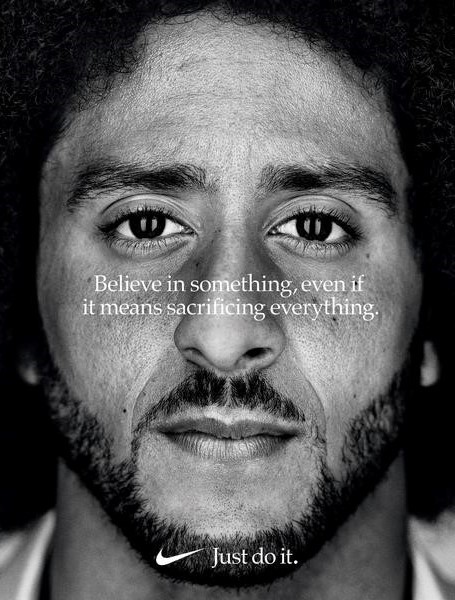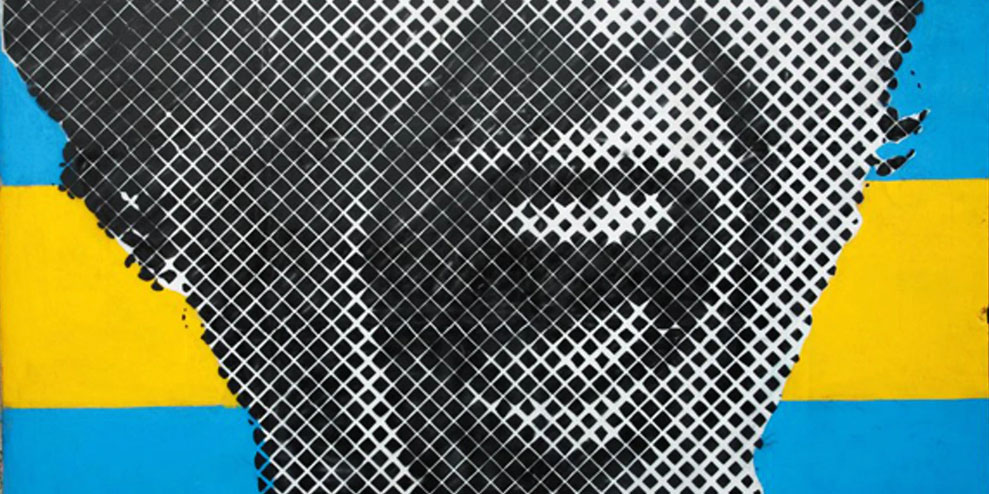Accessibility and brand activism emerged as key features of the top 10 campaigns in this year’s WARC Creative 100 rankings. Brian Carruthers takes a closer look.
Inclusivity in all its forms is an increasingly important consideration for brands and the top of this year’s Creative 100 is notable for the number of campaigns, across very different verticals, addressing disabled access in particular.
The Xbox Adaptive Controller, for example, made gaming more accessible to 33 million disabled gamers in the US who are often left out. At the same time, the Changing the Game campaign (ranked #5) brought the brand mission of owner Microsoft to life in way the tech giant hadn’t previously managed.
For many people, Microsoft still means Bill Gates and the Office software suite but its mission nowadays is about more than mere productivity; it’s to empower every person and organisation on the planet to achieve more.
The Xbox Adaptive Controller exemplified that aim, putting disabled gamers on a par with their able-bodied peers and enabling them to create connections with the rest of the world.

And Xbox went big on this, using the Super Bowl and juxtaposing that event’s focus on physical ability with the lives of gamers with disabilities; in the process it helped shift the cultural conversation around inclusivity while also demonstrating the larger brand mission of Microsoft.
The campaign created a 77% total increase in conversation about inclusive gaming and became the most effective Super Bowl ad of 2019.
A specific disability was the focus of Huawei’s StorySign campaign (ranked #7), which addressed the barriers to literacy faced by 32 million deaf children around the world.
The phone brand developed a literacy platform application that, through AI, reads the book accompanied by a signing avatar; this meant that parents and children could learn to read and sign together.
StorySign was rated the top app for deaf people and has reached 1.5 billion people across the world whilst also receiving 128 million film views.
In another instance of addressing the practical obstacles that face disabled people, IKEA created a range of free add-ons to make existing IKEA products usable for people with disabilities in Israel.
It’s a surprising statistic that a tenth of the world’s population suffers from serious disabilities and furniture is not accessible enough to meet their needs – but rather than design expensive new products, IKEA created simple and functional add-ons that solved different accessibility issues, whilst also making them available to 3D print.
The Thisables campaign (ranked #9) resulted in a 33% increase in sales of the 13 add-ons whilst also generating $5 million in earned media from PR.
Activism is another major theme running across the top campaigns, with Nike’s Dream Crazy (ranked #3) a standout example.

This was kicked off by former NFL player Colin Kaepernick, whose football career ended when he “took a knee” in support of the #BlackLivesMatter campaign, encouraging a new generation of athletes to “dream crazy” by bucking convention.
The campaign saw Nike’s stock price rise to an all-time high and created $6bn in brand value, making it the most successful campaign in the brand’s history.
A different form of activism came from Bodyform/Libresse, as the feminine hygiene brand stood up for body positivity in its Viva La Vulva campaign (ranked #2).
As research showed that, globally, 44% of women have felt embarrassed by their vulva and 57% feel pressured to have their vulvas look a certain way, the brand chose to represent all types of vulvas in a music video to show that the only imperfect vulva is an ignored one.
With no paid media support, the film gained over 5 million organic views with 96% positive sentiment and Libresse wipes reached 33% in market share.
–
This article first appeared in www.warc.com
Seeking to build and grow your brand using the force of consumer insight, strategic foresight, creative disruption and technology prowess? Talk to us at +9714 3867728 or mail: info@groupisd.com or visit www.groupisd.com

